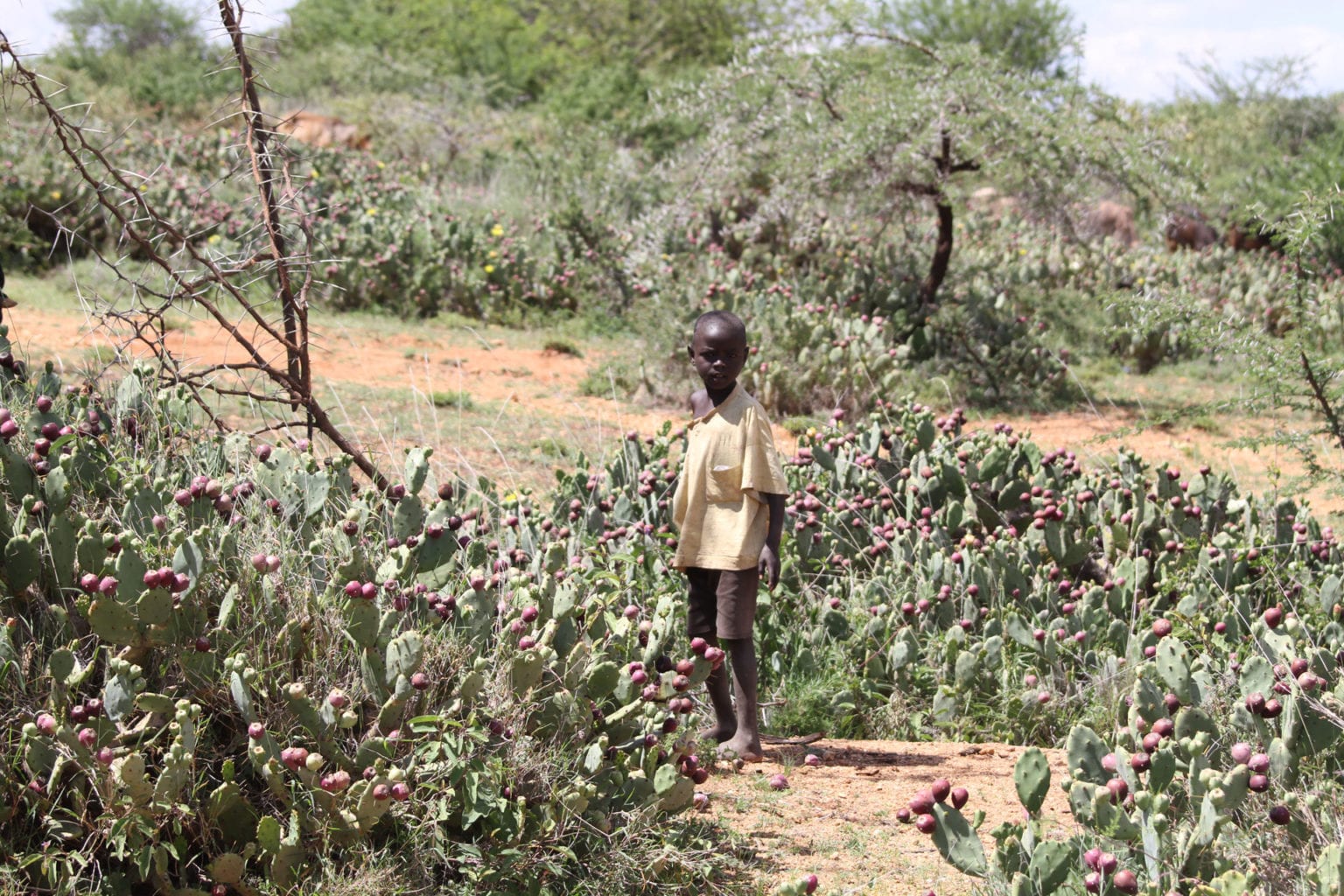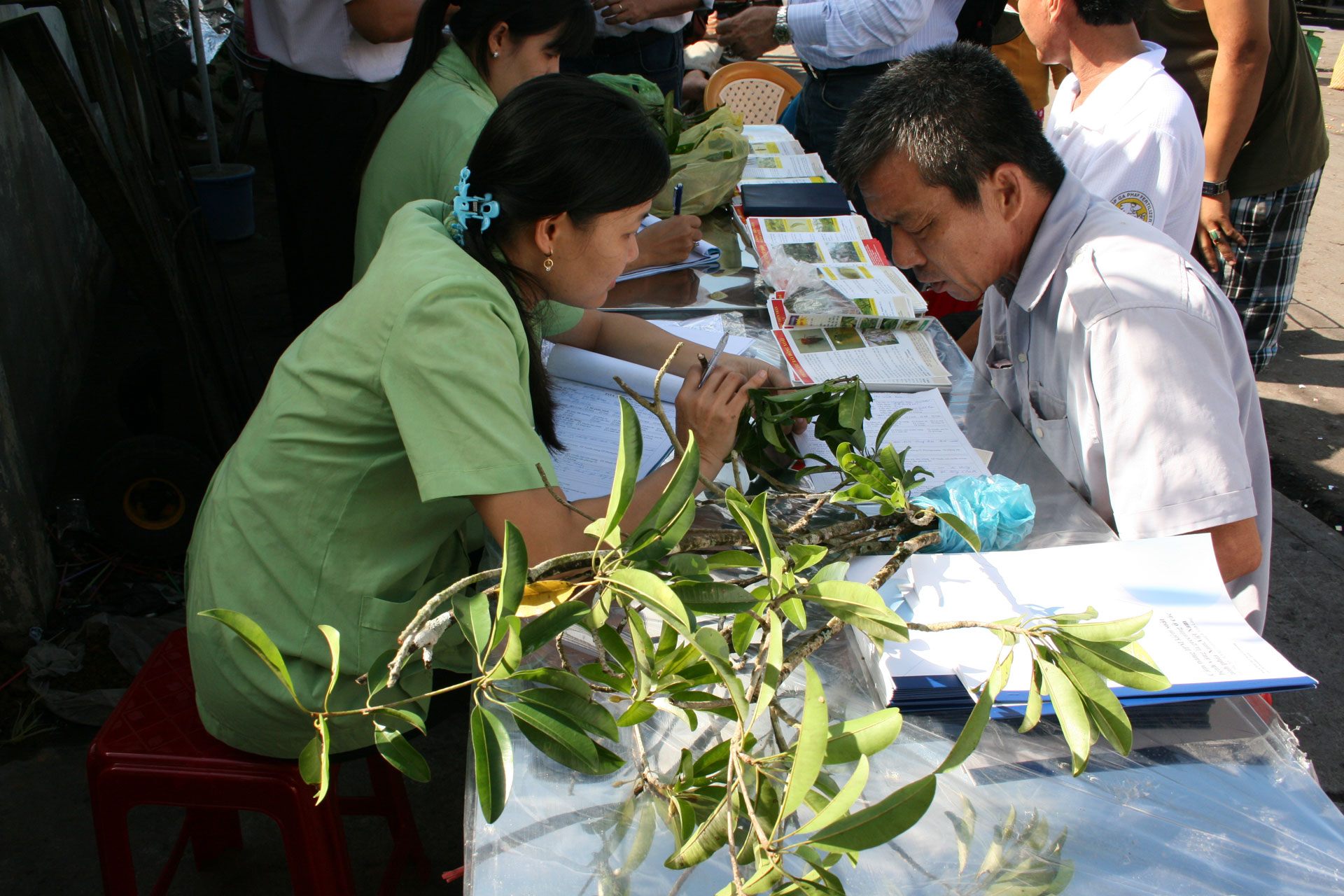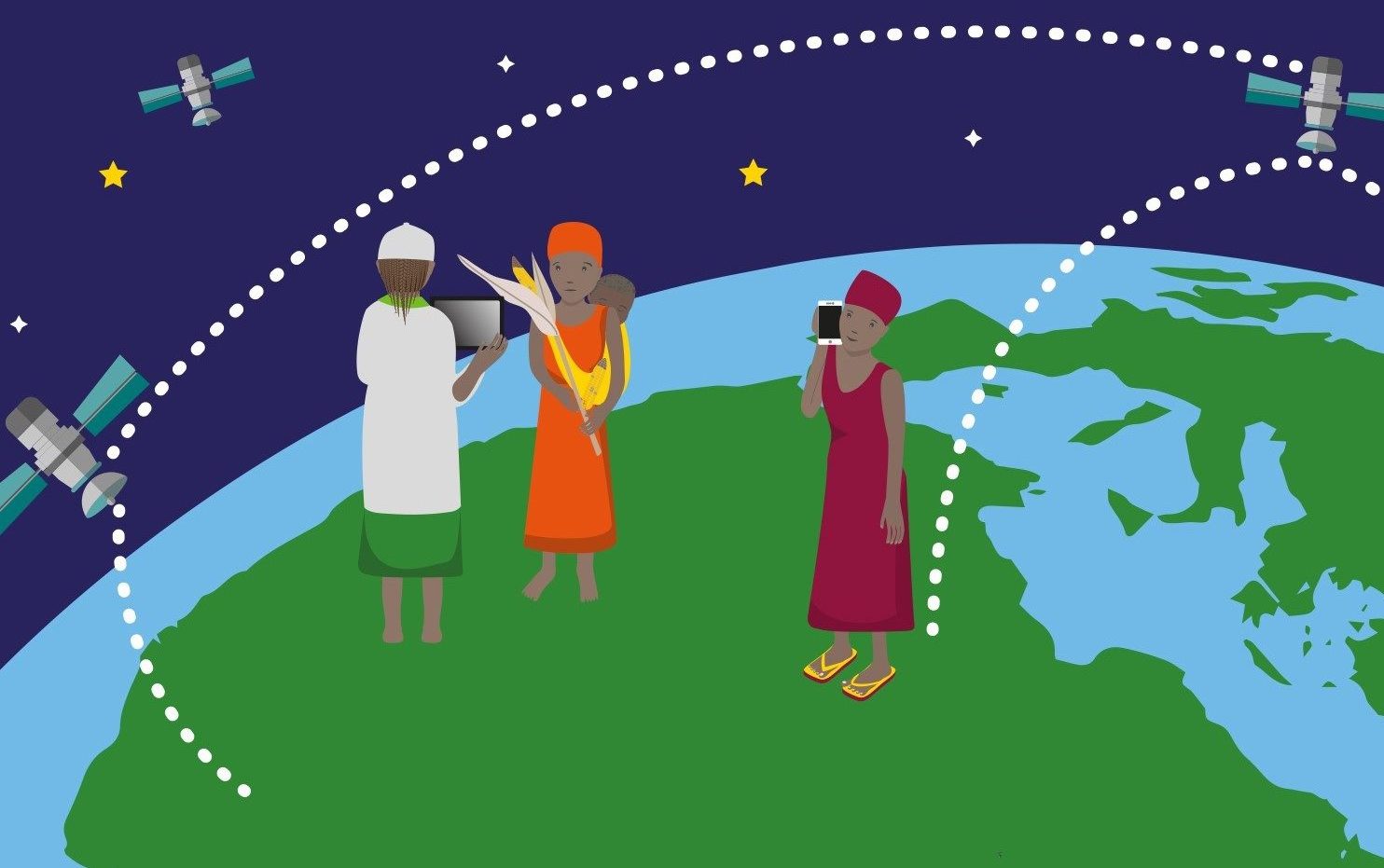Biological control – or biocontrol – has been used effectively against invasive species for over 100 years
It is the use of living organisms, such as insects or pathogens, to control pest populations. It levels the playing-field by reintroducing some of the specialist natural enemies that help control the invasive species it in its native range. The aim of biocontrol is not to eradicate the invasive species, but control it in a way that it becomes manageable. In other words, the method uses nature’s own in-built mechanisms to ensure equilibrium.
The safety process
It’s important that potential control agents don’t attack other beneficial or native plants and insects. A biocontrol agent is therefore only proposed for field release in the invaded range after intensive research and rigorous safety testing to ensure it’s specific to the plant or pest which needs to be controlled.
Why is biocontrol needed?
Increasing trade and travel between nations has increased the number of plants and other non-native species arriving in new countries. Most of them come without the natural enemies that keep them in check in their native range. In the case of plants, almost all the insects, fungal pathogens or nematodes that would normally inflict damage on them are lost, giving the plant an unfair advantage over its new neighbours.
A sustainable alternative
As a natural method, biocontrol doesn’t require the use of chemicals and machinery which can have a negative impact on the environment. It’s also economically efficient and sustainable, as once self-replicating and co-evolved natural enemies are established, they should provide control indefinitely without further cost or intervention.
The advantages
Environmental – Biological control is natural and doesn’t rely on the use of man-made chemicals that can adversely impact an ecosystem. It also allows the amount of herbicides required for weed control to be reduced
Cost – After the initial research costs, once the agents are established and having an impact on the weed the only further expenditure required would be that used for monitoring activities
Sustainability – It’s permanent, and therefore completely sustainable. The weed is continually under attack from an army of natural enemies
Spread – The control agents, be they insects or pathogens, locate and affect most – if not all – populations of a weed until they’re stopped by physical, environmental or chemical barriers, just as they would in their native range
Safety – Biocontrol agents pose no threat to human health, crop production or beneficial organisms
Landscape – While the agents are doing their job, previously out-competed native species can gradually recover and recolonize areas without the need for extensive replanting.
The disadvantages
Control not eradication – A successful agent should not eradicate the weed on which it depends, but reduce it to acceptable levels instead. There may be costs associated with alternative control methods
Timescale – It takes time. It can take between five to 10 years from release to achieve successful control
Impacts – The complete impact on the target weed is not always predictable.
Other management options
Doing nothing – Invasive weeds will continue to have a devastating effect on native flora and fauna, damage the built environment and national economies, and affect people’s health
Chemical control – Chemical herbicides can be effective where permitted, but using this method of control on a large scale is costly and could impact on biodiversity. Many of the worst invaders are aquatic or grow beside rivers where use of chemicals is banned or severely limited
Manual control – Manual control methods are available for most invasive weeds, but are rarely viable on large scale invasions because they are labour-intensive and costly.
Related Projects
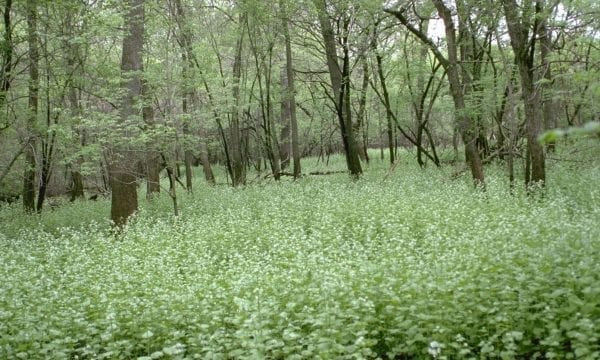
Biological control of garlic mustard
Crushed garlic mustard leaves and seeds smell like cultivated garlic and have been used as flavouring in cooking for centuries. Garlic mustard is a brassica from Eurasia that was accidentally taken to North America and became invasive in many of its forests. Together with partners, CABI is exploring the possibility of using specially selected and tested insects from the native range in order to safely control the plants spread and impact in the introduced range.
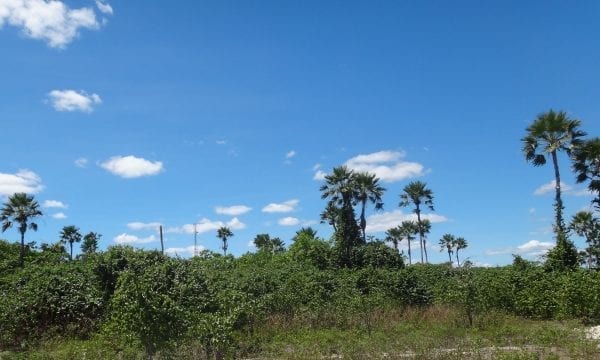
Managing invasive Madagascar rubbervine in Brazil
Invasion by the alien plant Madagascar rubbervine is endangering native flora and fauna in northeastern Brazil. In the Caatinga area, the endemic Carnaúba palm, with its highly valued wax, has come under threat. CABI, in collaboration with Brazilian counterparts, is seeking to evaluate the rust Maravalia cryptostegia as a potential biocontrol agent for Madagascar rubbervine. The same rust has been used in Australia to successfully control another invasive alien rubbervine species.
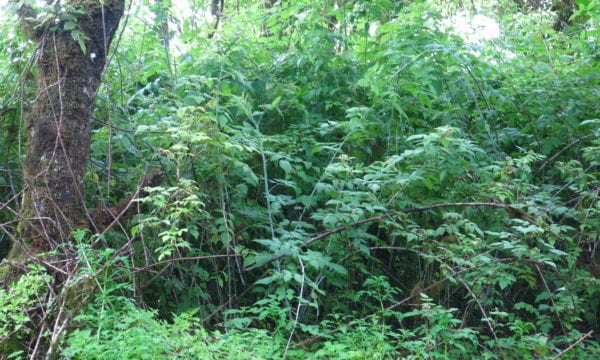
Controlling the invasive blackberry on the Galápagos Islands
The unique wildlife and farmland on the Galapagos Islands are threatened with a non-native invasive weed. The invasive blackberry now covers around 30,000 hectares and can grow up to 3 metres tall. CABI scientists are searching for potential biocontrol agents from the Asian native range of the blackberry to introduce here.
Related Products
BioProtection Portal
The CABI BioProtection Portal is the go-to resource for biocontrol and biopesticide products. Find non-toxic, nature-based products for home or commercial use available around the globe. Search for your specific crop or pest problem in your country and find tailored product recommendations.




